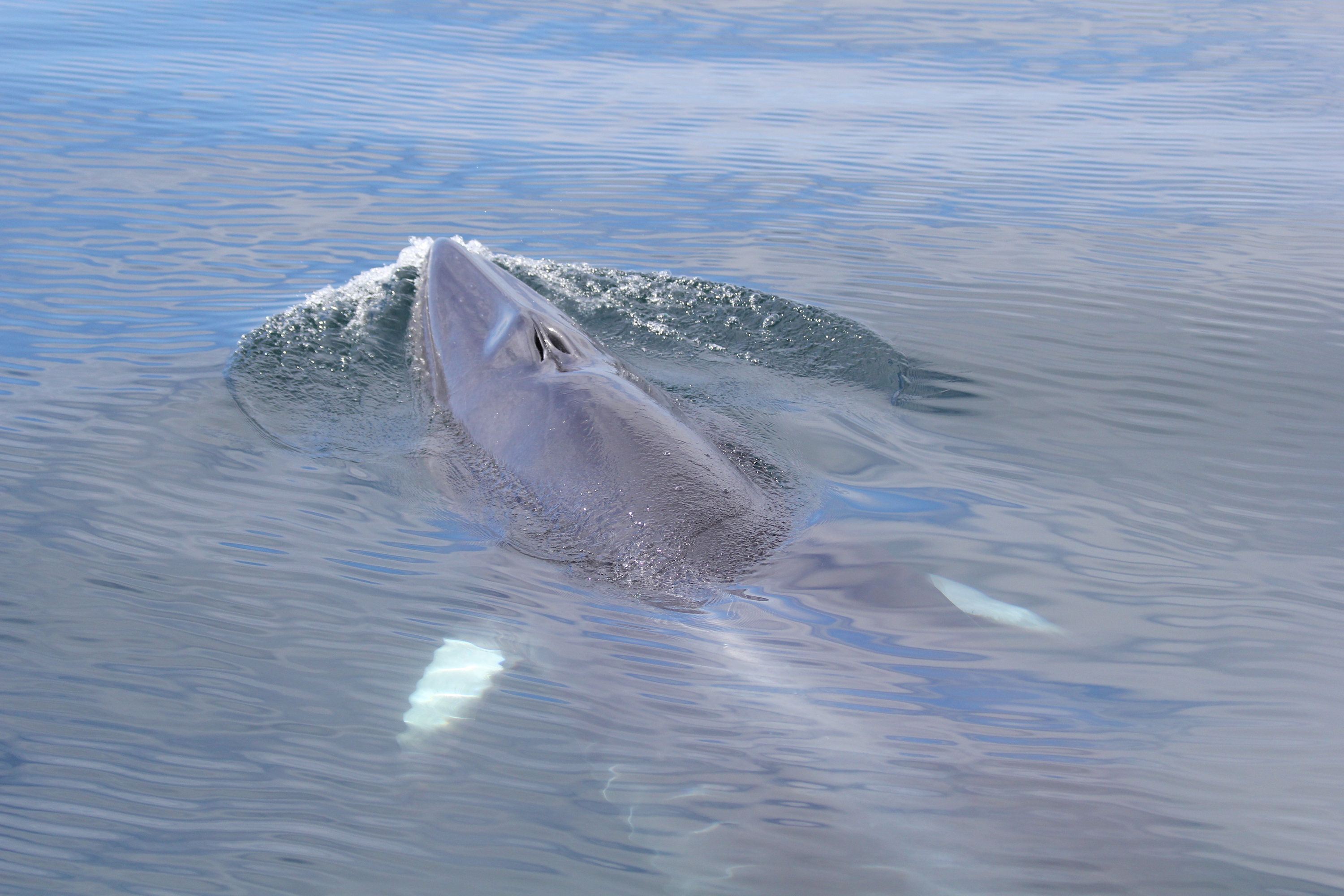
New laser technology is to be used to for “pioneering research” into whales and dolphins living off of Scotland’s west coast.
Scientists will use photogrammetry equipment to help collect vital new information to assess the overall health of the mammals in the Hebrides.
Hebridean Whale and Dolphin Trust announced it would be using the technology, which makes measurements from photographs, for its 2018 survey.

Becky Dudley, marine biodiversity officer, said: “This new equipment will help build a greater understanding of individual whales’ movements, behaviour and overall health, and help us evaluate their interactions with man-made items in the marine environment.”
The bespoke equipment made for the conservation charity works by placing two dots of light – of a known distance, typically around 10cm (4in) – onto the body of a cetacean at the same time a photograph is taken.
This will be used to measure the length of the animals – helping to determine numbers of young whales, assess body conditions for parasites such as sea lice, and classify marks and scars from interactions with marine plastic and fishing gear.
Surveys are partly funded by a grant from Scottish Natural Heritage and are carried out by volunteers and marine scientists.
They document the health of whales, dolphins and porpoises from the charity’s specialised research yacht Silurian, with the project ongoing for the last 15 years.
Fiona Manson, a marine specialist at Scottish Natural Heritage, said: “The data collected by Hebridean Whale and Dolphin Trust over the years has helped us understand more about our marine wildlife and how to look after it, and this is an invaluable way to better connect people to nature in their local area.”
The surveys will run from April 15 to the end of October, with departures from Tobermory on the Isle of Mull, Kyle of Lochalsh near Skye, and Ullapool.
For more details, visit http://hwdt.org/silurian.